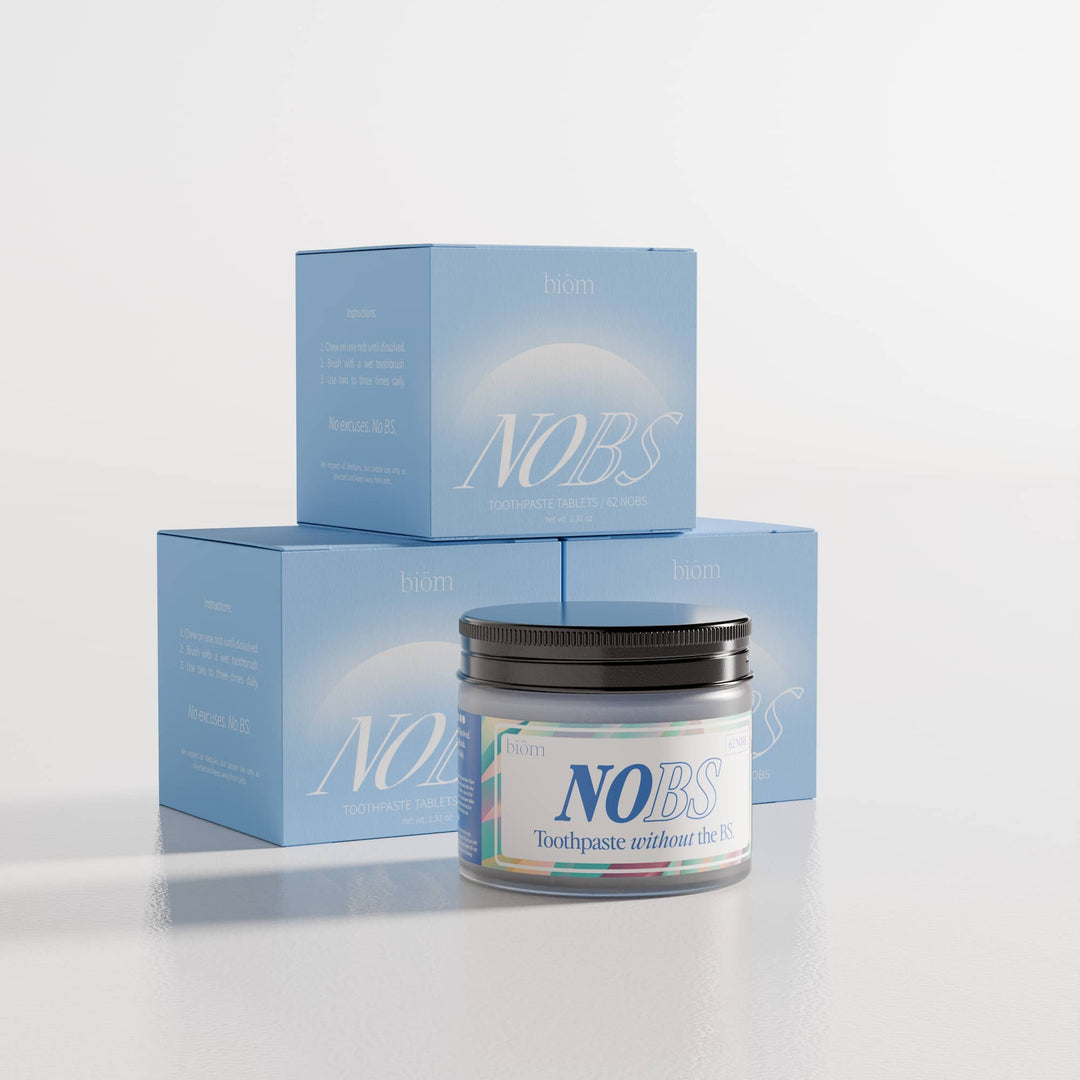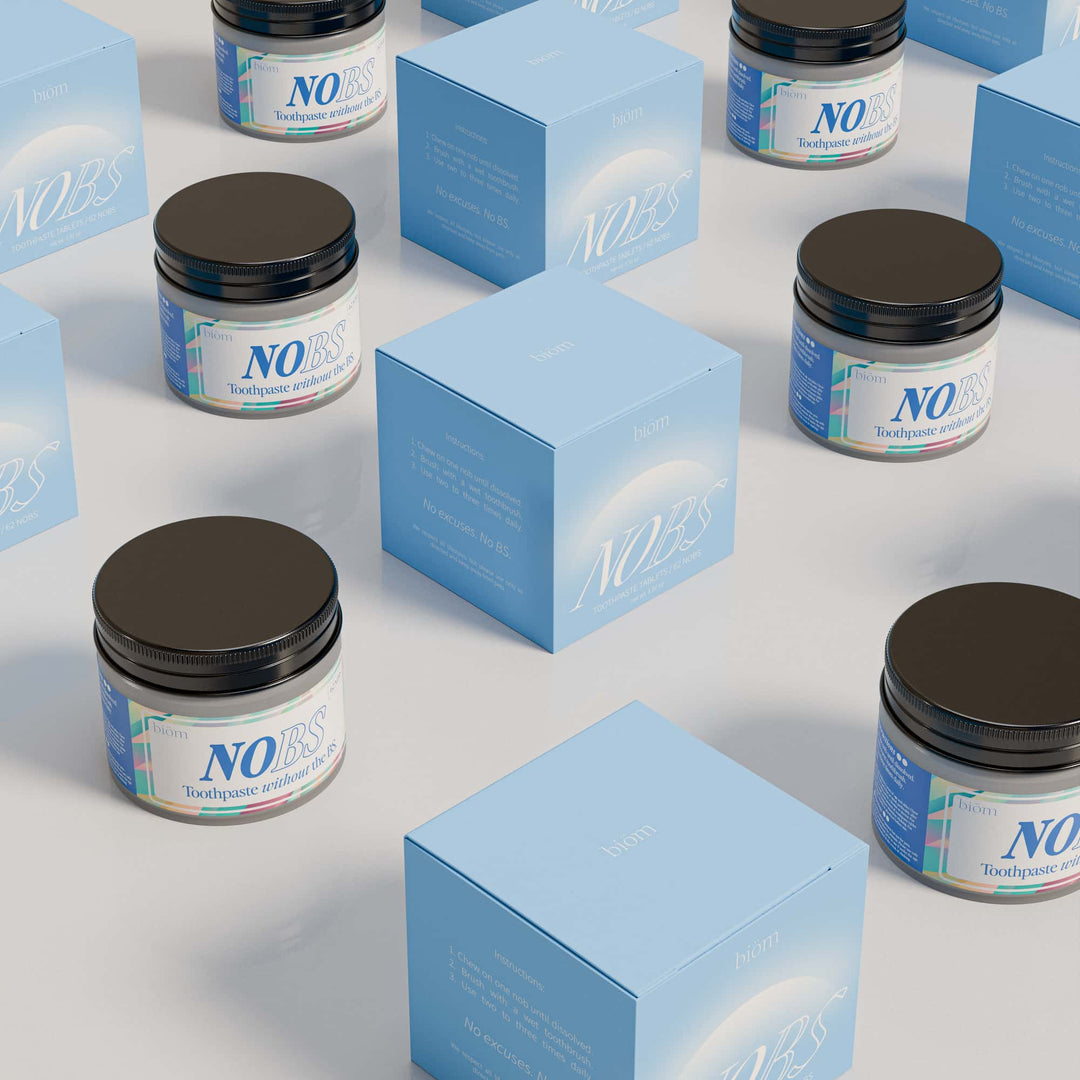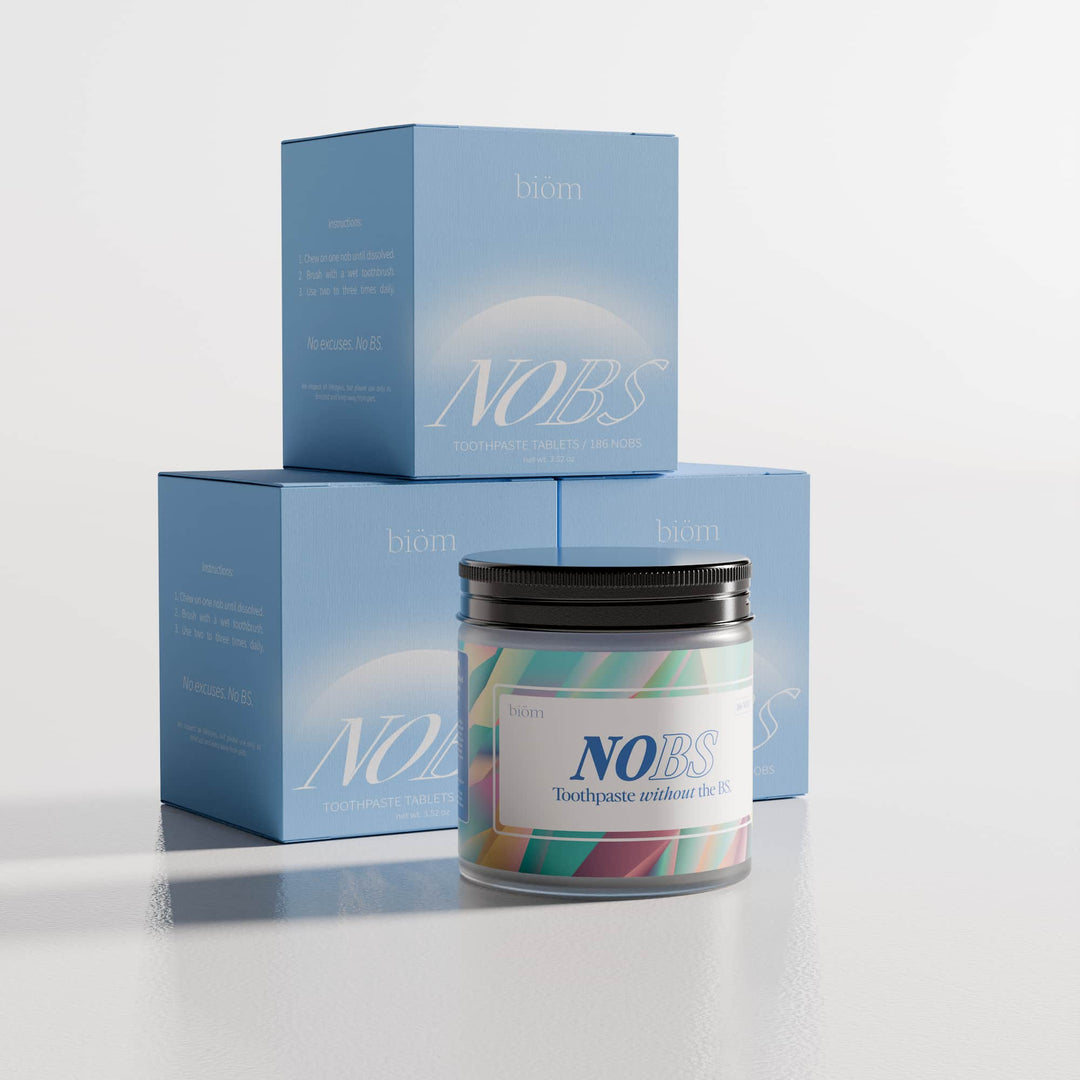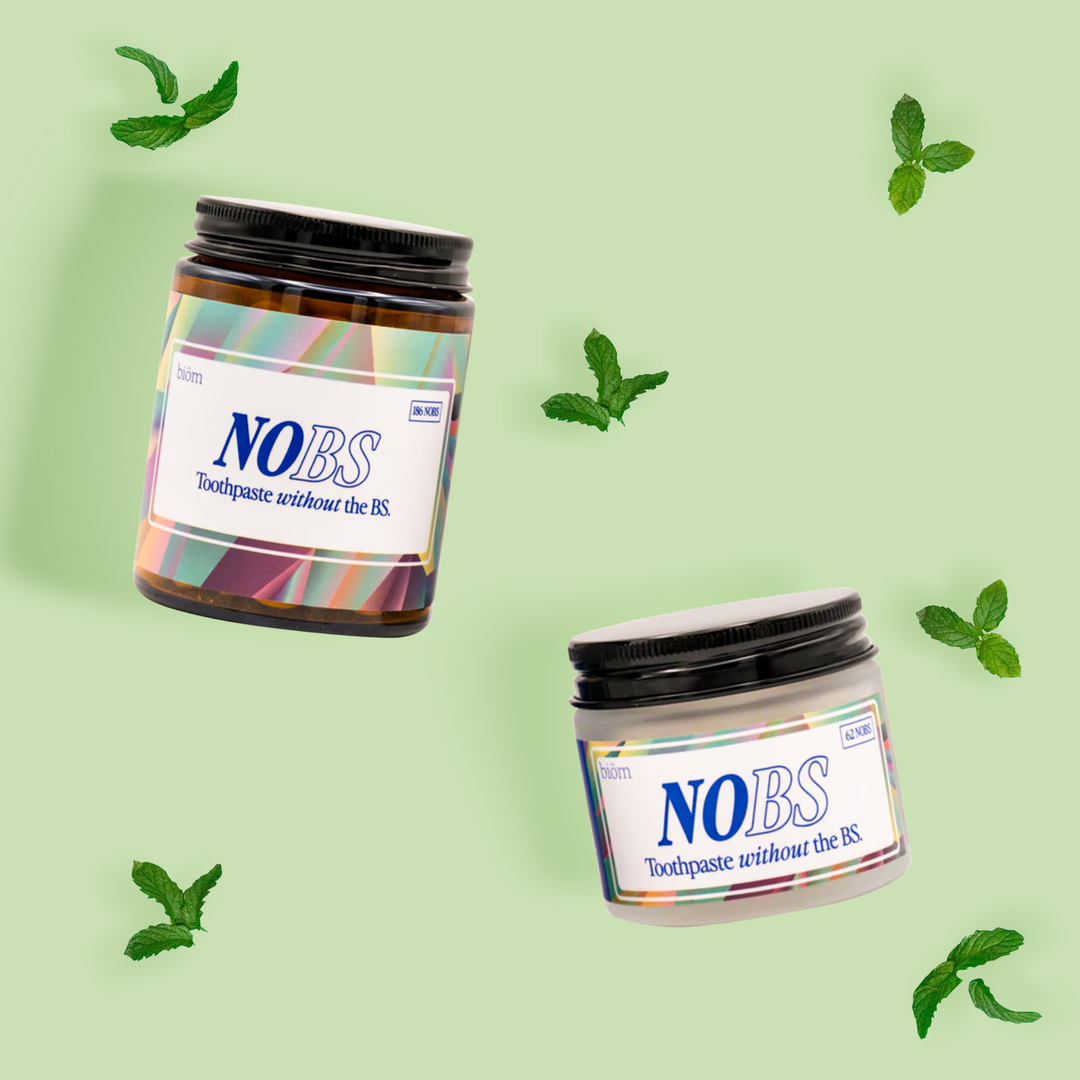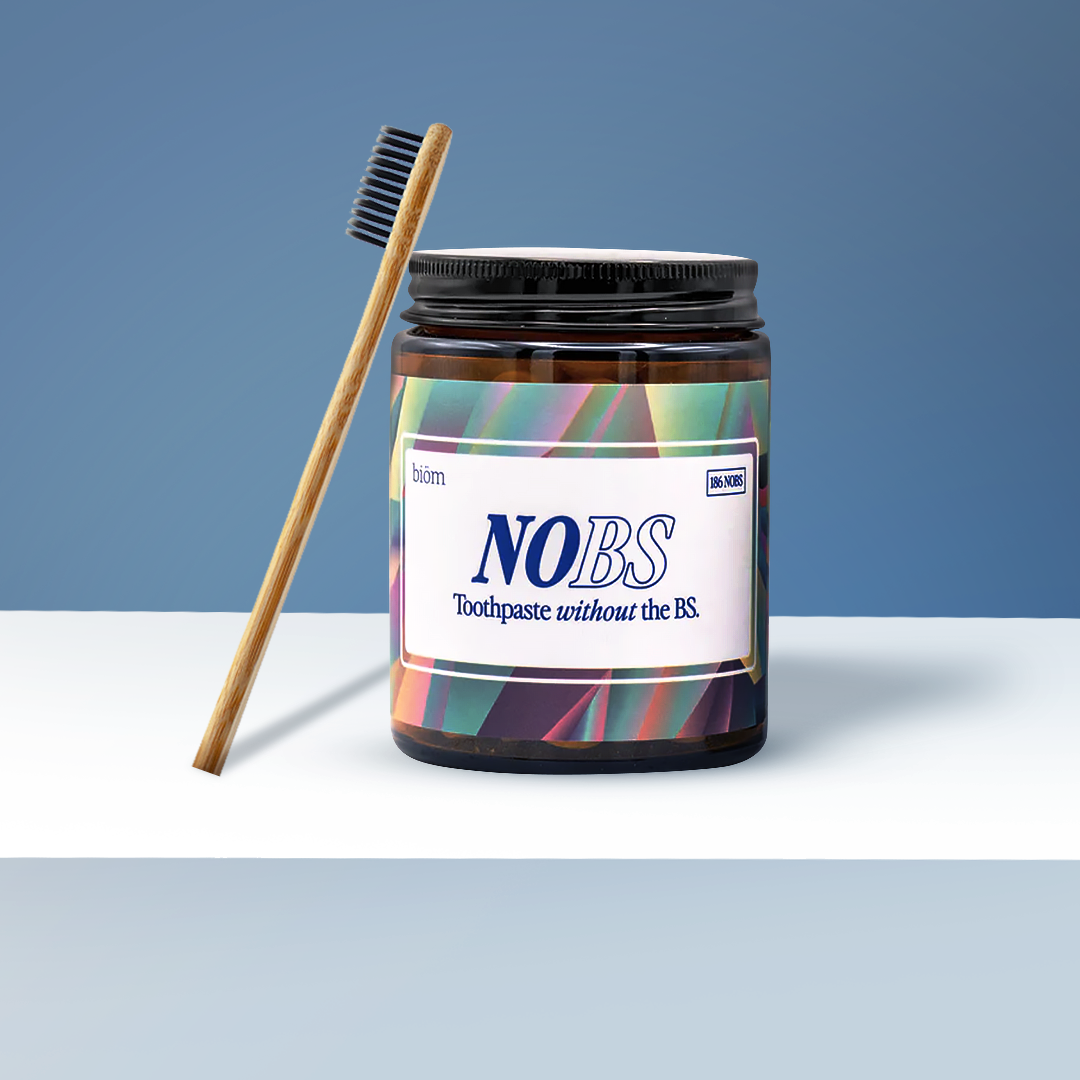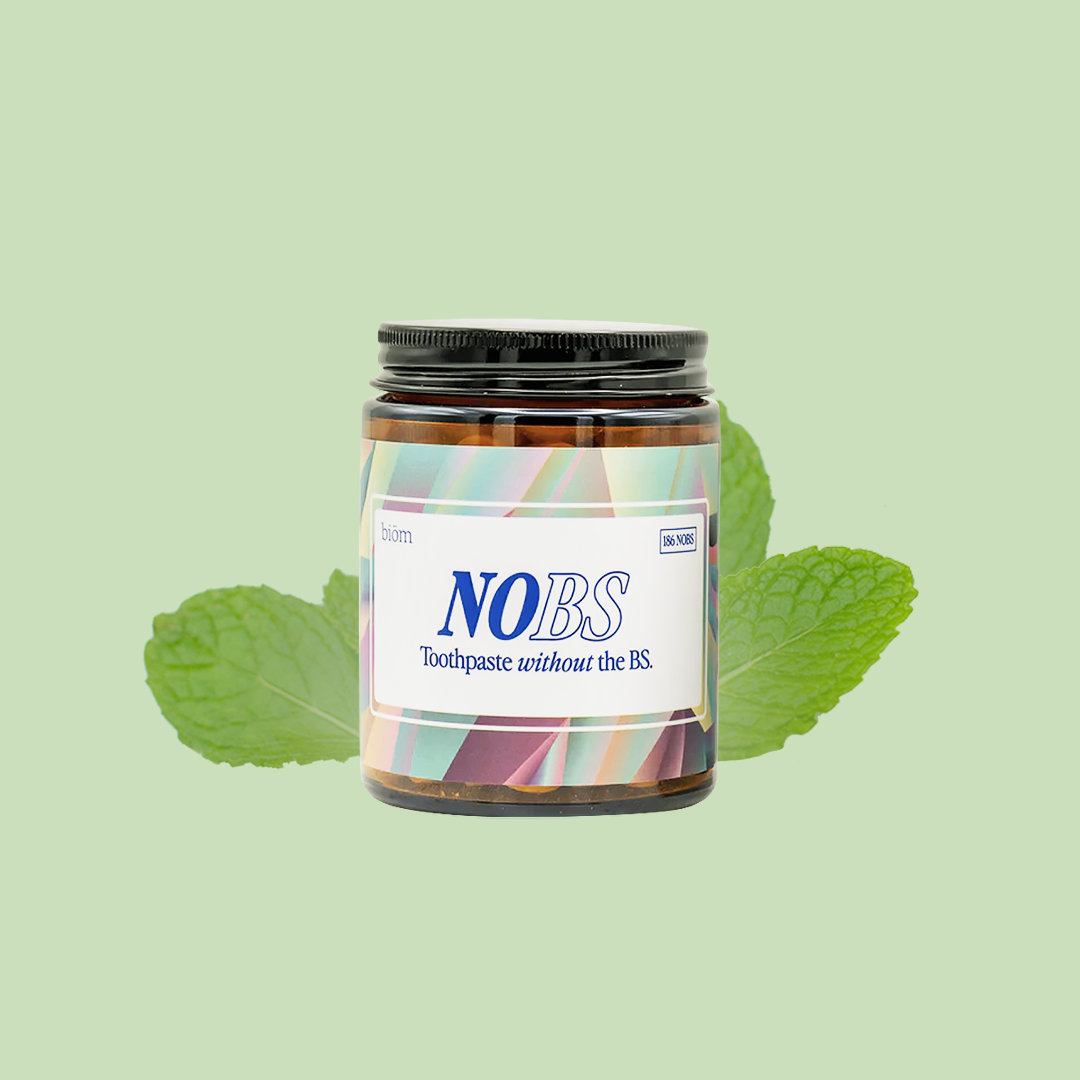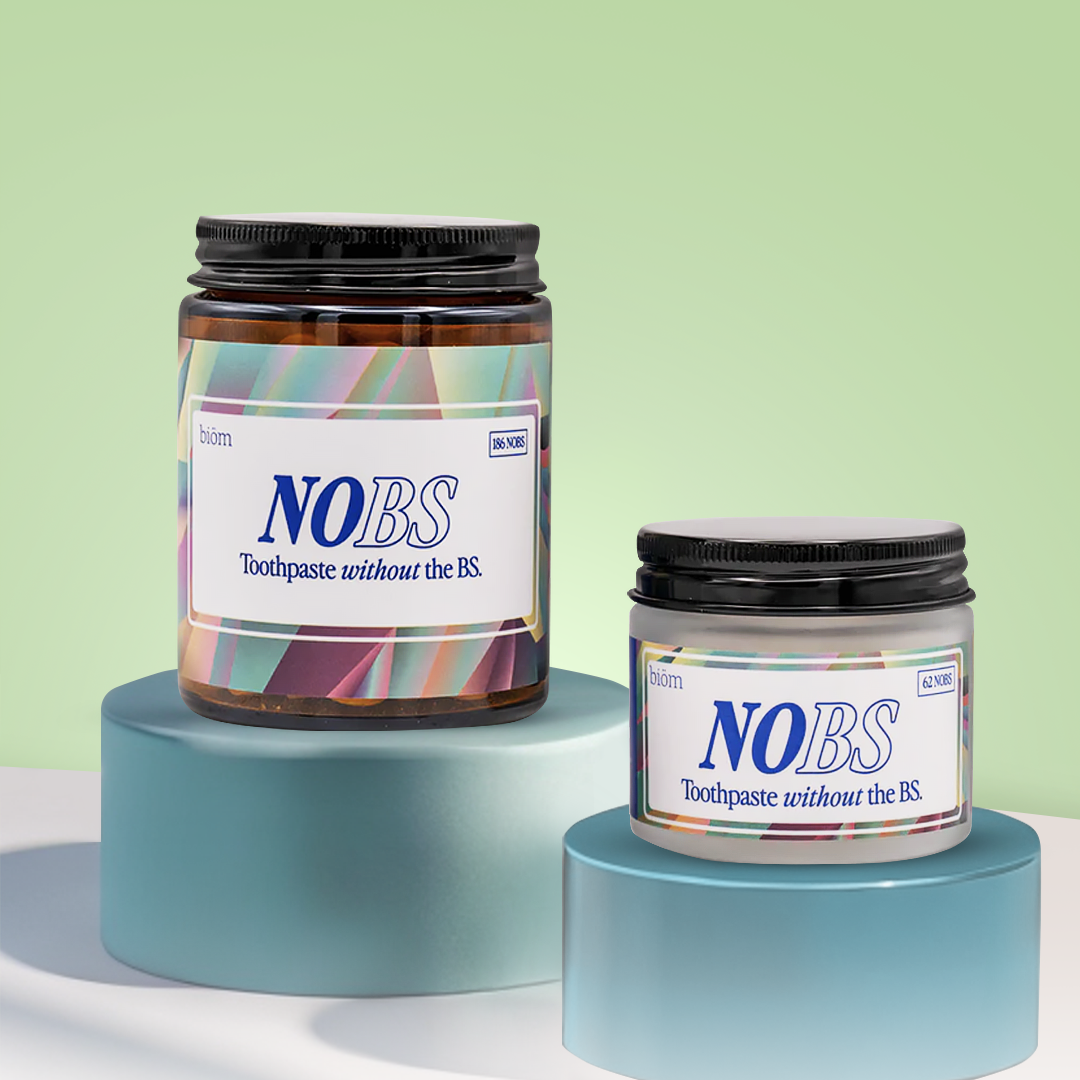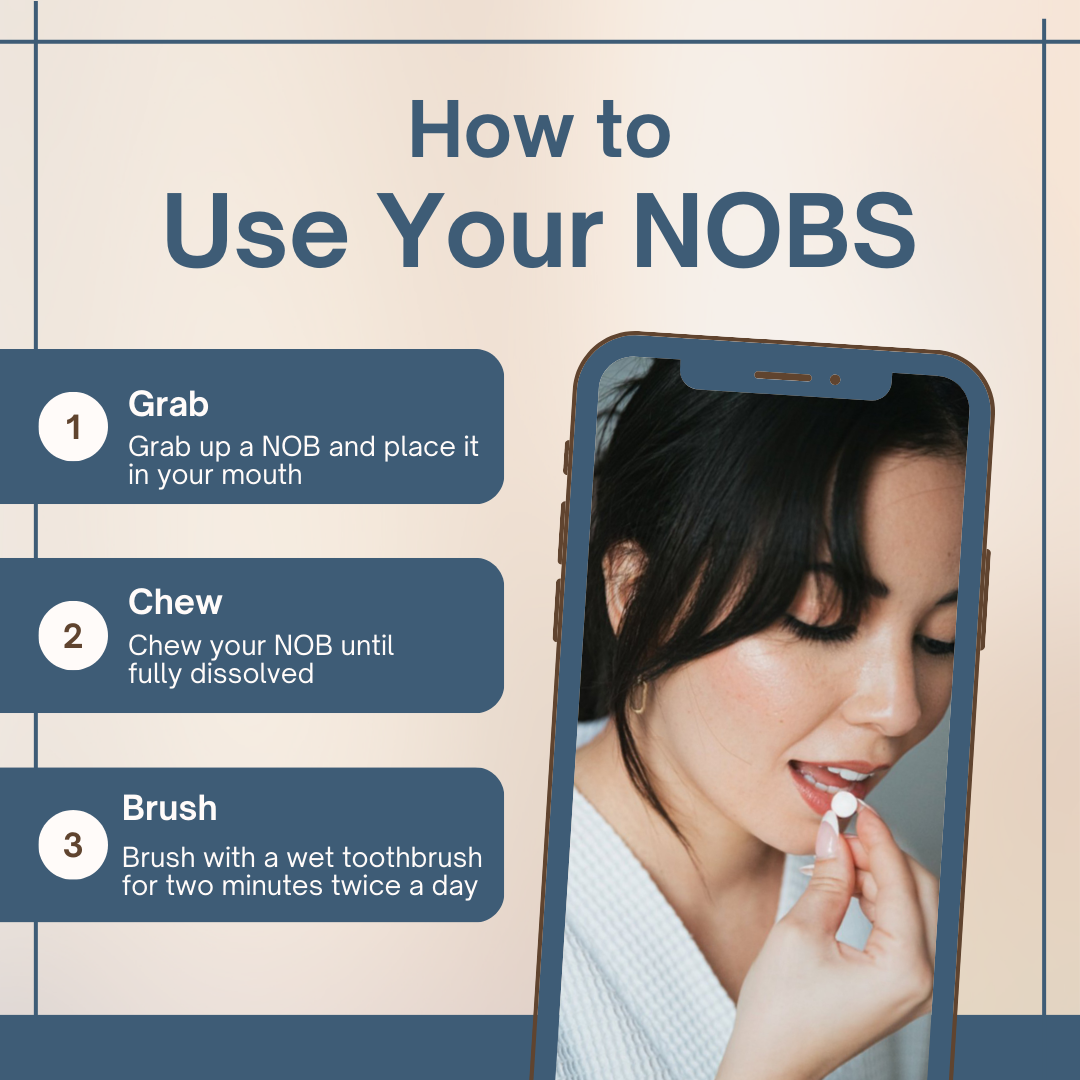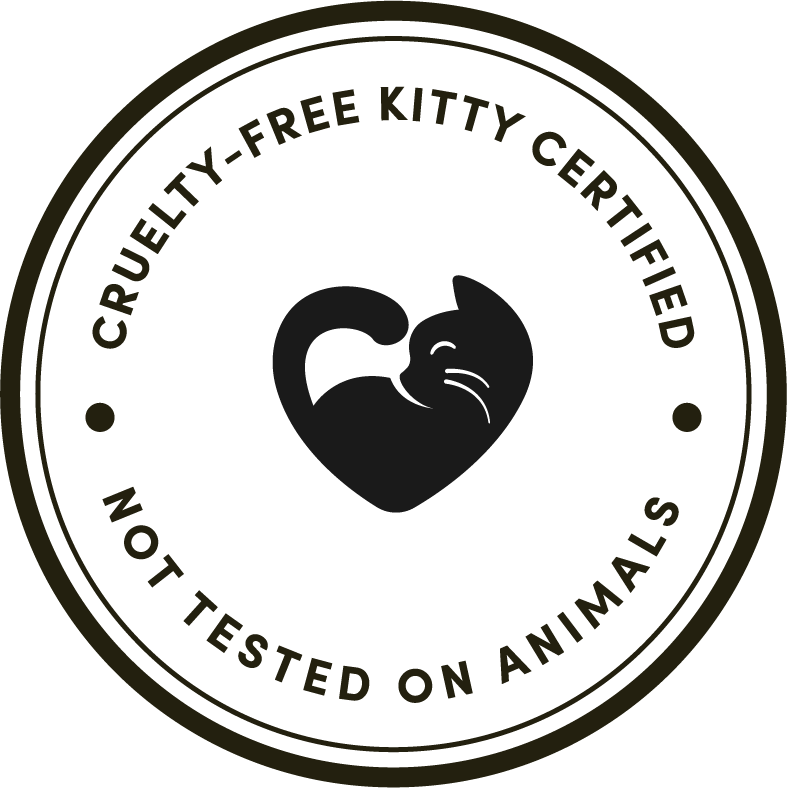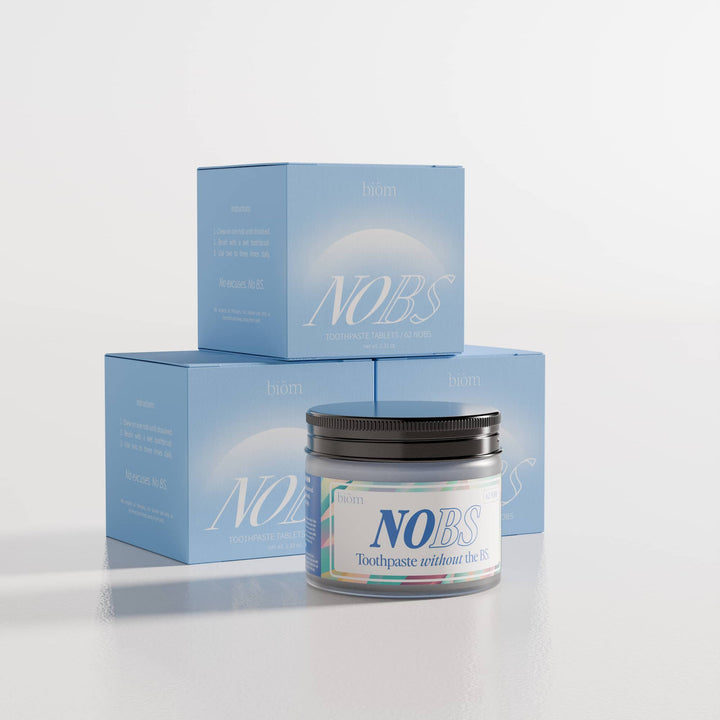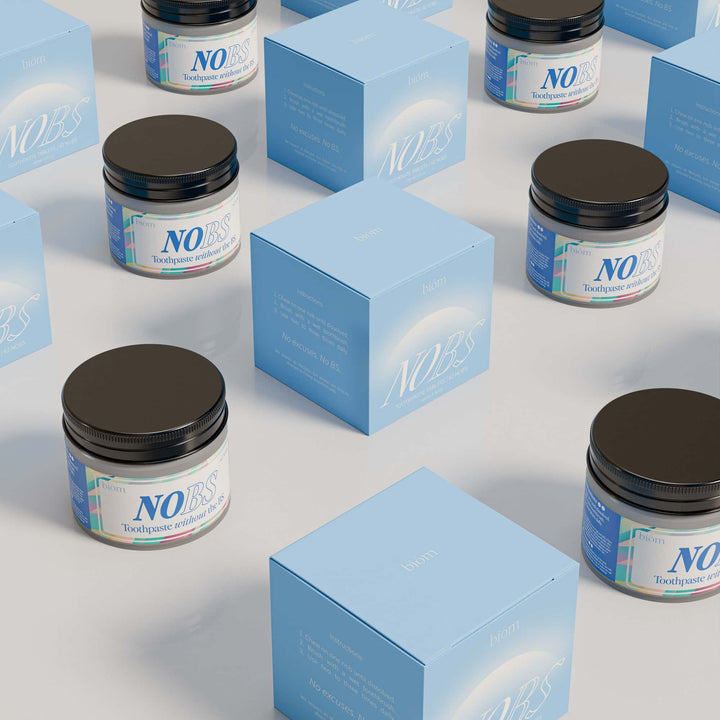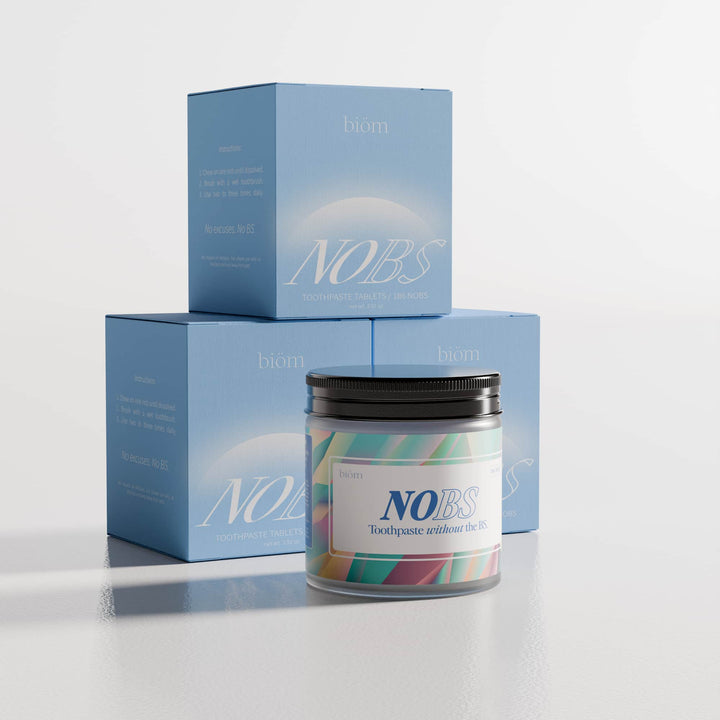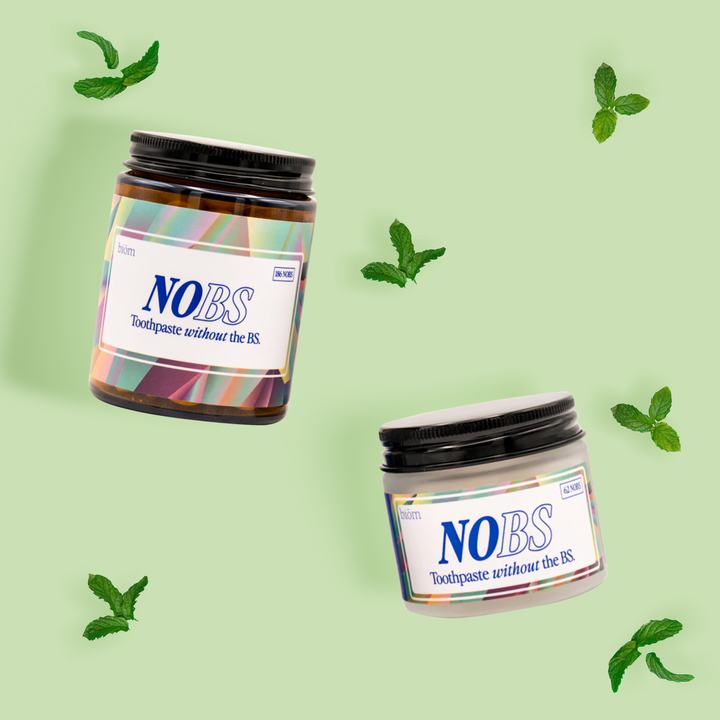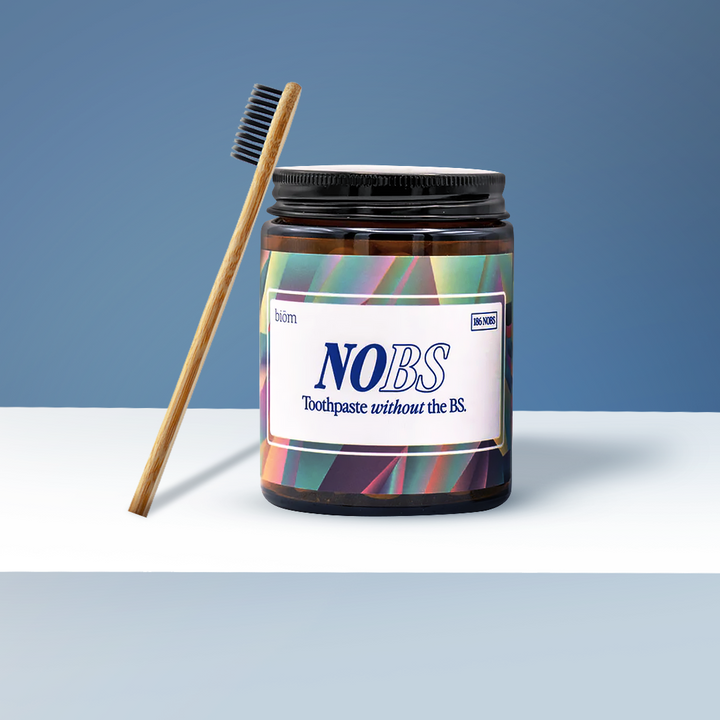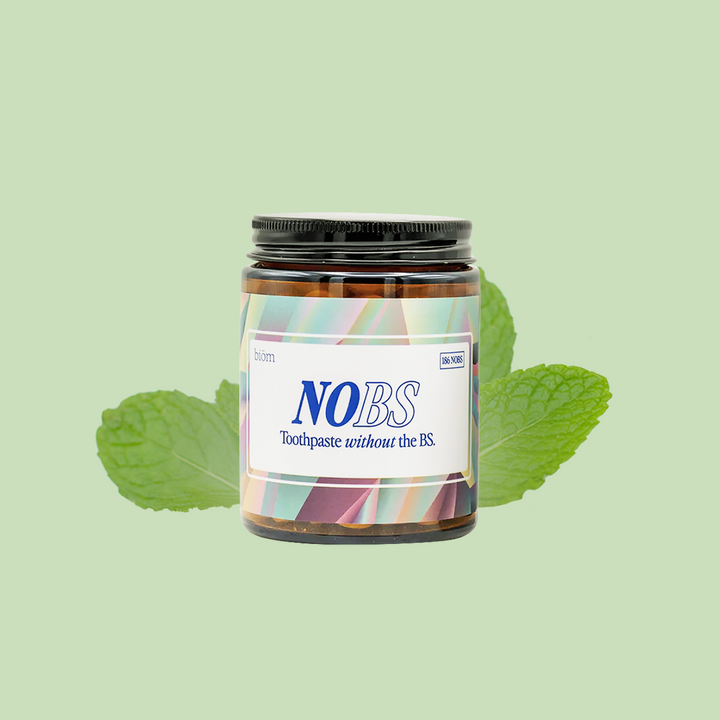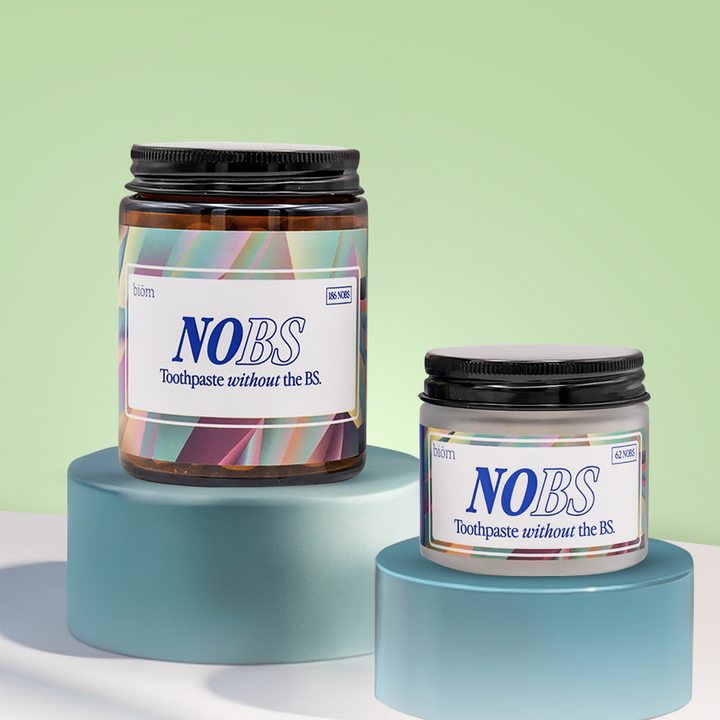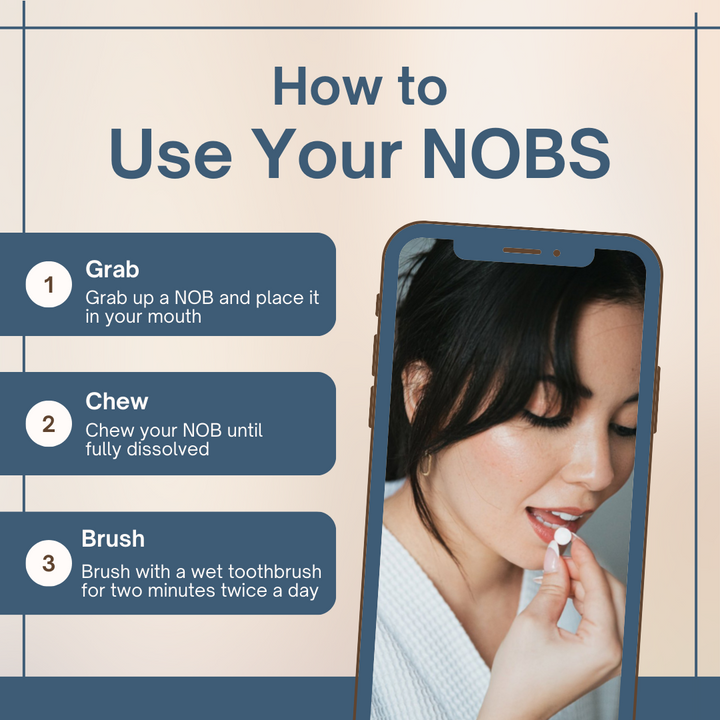Does Wine Stain Your Teeth?
Yes, wine, especially red wine, can stain your teeth. The culprits behind these stains are the tannins found in wine, which are natural compounds that give red wine its rich flavor and color.
These tannins, along with the wine's acidity and chromogens (intense color pigments), adhere to your tooth enamel, leading to the noticeable purple or reddish stains that wine enthusiasts often experience.
The porous nature of your enamel allows these compounds to penetrate, making the stains more stubborn over time, especially with frequent consumption.

To combat wine stains while still enjoying your favorite glass, consider rinsing your mouth with water immediately after drinking to help wash away the tannins and pigments.
Additionally, brushing your teeth about 30 minutes after enjoying wine can further reduce the risk of staining. Just be sure to wait a bit to avoid brushing the acid into your teeth, which can cause more harm than good.
For those who are particularly concerned about staining, drinking white wine or opting for wines with lower tannin levels can be a good alternative, though white wine's acidity can still affect your enamel.
Regular dental check-ups and cleanings are also key, as they can help remove any built-up stains and keep your smile bright and healthy.
First, why does red wine stain teeth?

Sipping red wine stains teeth primarily due to two components: tannins and chromogens.
Tannins are plant-based compounds that naturally occur in wine, especially in red varieties, due to the grape skins, seeds, and stems involved in their production. These tannins have a tendency to bind to the enamel on your teeth, creating a sticky surface that attracts and holds onto color.
Chromogens are intense color pigments found in red wine. When tannins have made your enamel more adhesive, chromogens easily attach to the teeth, leading to the noticeable purple or reddish stains that wine drinkers often experience.

Additionally, the acidity of red wine can exacerbate staining by etching the surface of the enamel, making it even easier for chromogens to stick and penetrate deeper into the teeth.
To keep your smile bright while still enjoying your favorite red, remember to rinse your mouth with water after indulging to help wash away those staining compounds. Wait about 30 minutes before brushing your teeth to avoid damaging your enamel, which can be softened by the wine's acidity.
Further, incorporating baking soda toothpaste with nano hydroxyapatite into your daily routine can also combat surface stains. This is because baking soda is a mild abrasive that can gently polish teeth while nano hydroxyapatite has been shown to whiten teeth.
How to Prevent Wine Stained Teeth

Avoiding red wine teeth stains on your tooth enamel involves a few strategic habits that can help maintain a bright smile without having to give up your favorite beverage. Let's walk through some of the key tactics to prevent teeth staining together.
Rinse with Water

After you drink wine, make sure to rinse your mouth with water. This simple step helps wash away tannins and pigments that cause staining before they have a chance to settle on your teeth.
Use a Straw

When possible, try sipping wine through a straw, even if it looks odd. This method reduces the amount of liquid that comes in contact with the visible front surfaces of your teeth. Of course, this method will be easier with white wine than with red wine.
Maintain Good Oral Hygiene

Brush your teeth at least twice a day with nano hydroxyapatite toothpaste and use expandable dental floss daily, especially after you drink red wine. You can also consider using a whitening toothpaste, though some dental professional consider it bad as it can erode away enamel.
Thankfully, regularly brushing with nano hydroxyapatite toothpaste helps remove surface stains and prevents them from setting in without causing damage. Plus, remineralizing toothpaste can prevent tooth decay which can also cause the appearance of tooth stains.
Professional Dental Cleanings

Of course, it's important to see a dentist regularly for a professional cleaning. Your dentist or hygienist can remove surface stains more effectively than at-home care and can offer advice or teeth whitening treatments to further reduce staining.
You can also consider using natural whitening strips at home as needed for a quick, effective way to remove stains from wine.
How to Get Rid of Wine Stained Teeth

It might seem like a daunting task to remove red wine stains, but don't worry!
To get rid of wine stains on your teeth and potentially brighten your smile, incorporating nano-hydroxyapatite toothpaste into your oral hygiene routine can be an effective strategy.
But that's not all! Let's walk through some of the key tactics you can use to remove staining.
Use Nano Hydroxyapatite Toothpaste
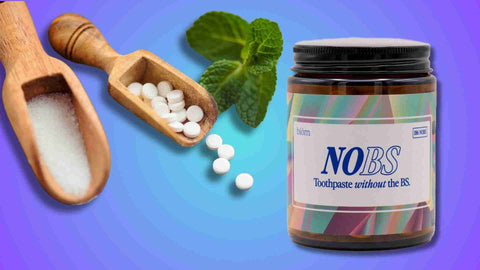
While nHA toothpaste is not a bleaching agent like hydrogen peroxide, studies show its ability to remineralize and repair enamel can lead to a brighter appearance of the teeth.
Plus, smoother, healthier enamel reflects light better, which can make your teeth look whiter and reduce the visibility of stains.
Try Whitening Strips

Whitening strips are a popular and effective option for removing teeth stains and achieving a brighter smile. These thin, flexible strips are coated with a whitening gel that typically contains hydrogen peroxide or carbamide peroxide as the active ingredient.
Whitening strips are effective for many people, offering noticeable whitening by several shades. They are particularly good at addressing stains from coffee, tea, wine, and smoking.
Professional Cleaning

Regular visits to the dentist for professional cleanings can remove surface stains more effectively than brushing alone. Dental hygienists use specialized tools and techniques to gently remove plaque and stains, including those caused by wine.
Daily Oral Hygiene

Brush your teeth at least twice a day and floss daily. You should consider using an electric toothbrush with a whitening head to enhance stain removal.
Dietary Adjustments
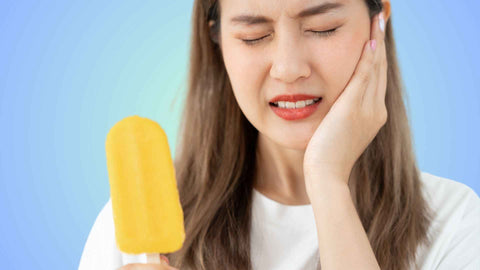
Limit or avoid foods and beverages known to stain teeth, and consume them in moderation. Then, when you do dine with coffee or tea, you can rinse out your mouth with water to remove staining compounds or brush your teeth afterward.
Whitening Treatments

For more stubborn stains, consult with your dentist about professional whitening treatments. These treatments can offer more dramatic results than over-the-counter products.
Is white wine better than red wine?
When it comes to oral health and teeth staining, you can drink white wine, but it still presents a different set of considerations compared to red wine. While it's true that white wine is less likely to cause the direct staining associated with the dark pigments in red wine, it doesn't necessarily mean it's better for your oral health.
White wine is highly acidic, and this acidity can pose a risk to your teeth. The acid in white wine can erode dental enamel over time, making your teeth more susceptible to decay and sensitivity.
Additionally, this erosion creates a rougher surface on your teeth, which can actually make them more prone to staining from other foods and drinks. In essence, while white wine might not stain your teeth directly, its acidity can make your teeth more vulnerable to staining from other sources.
To mitigate the effects of acidity from white wine, it's a good idea to rinse your mouth with water after drinking and wait at least 30 minutes before brushing your teeth to avoid brushing the acid into your enamel.
You can also use an alkaline mouthwash to neutralize the acidity and protect your enamel.
Do I have to stop drinking wine?

You don't need to give up wine entirely to keep your teeth healthy, but practicing moderation and good oral hygiene can make a significant difference.
Wine, with its acidic nature and tannins, poses a risk for teeth staining and enamel erosion. However, you can mitigate these risks with a few simple steps.
After enjoying a glass of wine, make it a habit to rinse your mouth with water. This action helps neutralize the acids and clear away the pigments that lead to stains. Also, remember to wait about 30 minutes before brushing your teeth.
Brushing immediately after can spread the acid more broadly across your teeth, potentially leading to enamel damage.
What other foods and drinks stain teeth?

Besides tea and coffee, several other foods and drinks can stain your teeth due to their high pigment content, acidity, or both. Here are five of the most common offenders:
-
Red Wine: Known for its high tannin content, red wine can leave noticeable stains on your teeth, giving them a dull, grayish hue over time.
- Whiskey: Dark whiskey varieties contain tannins and chromogens that can stain teeth over time.
-
Colored Sodas: Dark-colored sodas contain acidic compounds and chromogens, pigments that can cling to tooth enamel and cause staining.
-
Berries: Blueberries, blackberries, cranberries, and other dark-colored berries, whether eaten whole, in jams, or as juice, can stain teeth due to their intense color and acidity.
-
Tomato-Based Sauces: Tomatoes are acidic and have strong natural pigments, making tomato-based sauces like pasta sauce and ketchup potential teeth stainers.
-
Curry: This flavorful spice, common in Indian cooking, is known for its deep pigmentation, which can yellow teeth over time.
Now- you don't have to completely avoid these foods, but be mindful of their potential to cause discoloration. Try consuming them in moderation, and brush your teeth regularly to prevent staining.
Frequently Asked Questions
How do you keep wine from staining your teeth?
To avoid wine stains on your teeth, rinse with water between glasses to wash away pigments and acids, and pair wine with cheese, which helps neutralize the wine's acidity and protect teeth. Consider using a straw for less direct contact with your teeth, although unconventional for wine. Chew sugar-free gum after drinking to increase saliva flow and clean the teeth. Lastly, maintain good oral hygiene, including using nano hydroxyapatite toothpaste, but wait at least 30 minutes after drinking wine before brushing to avoid damaging softened enamel.
Which wine stains teeth the least?
White wines typically stain teeth less than red wines due to the absence of the deeply pigmented molecules called anthocyanins found in red wines. However, white wines often have higher acid levels, which can weaken tooth enamel and potentially make teeth more susceptible to stains from other foods or drinks consumed later. Sparkling wines, including white varieties, may have a similar effect due to their acidity. Rosé wines, being lighter than reds but still containing some color, might offer a middle ground, staining teeth less than red wines but more than white wines. Ultimately, the staining potential of wine on teeth is more significantly related to the wine's color intensity and acidity than to its specific type.
Can wine make your teeth yellow?
Yes, wine can contribute to yellowing teeth over time. The acids in wine, both white and red, can erode tooth enamel, making the teeth more vulnerable to stains from other foods and drinks. Red wine, in particular, is known for its high content of chromogens and tannins, compounds that are prone to stick to dental enamel and lead to staining. Although white wine doesn't contain as many pigments as red wine, its acidity can still predispose teeth to staining by weakening enamel. Regular consumption of wine without proper oral hygiene practices can accelerate the discoloration process, turning teeth yellow.
How much does wine stain teeth?
The extent to which wine stains teeth can vary significantly depending on several factors. Red wine, known for its high content of tannins and chromogens, tends to stain teeth more noticeably than white wine due to these pigmented compounds. The frequency of wine consumption and the duration it remains in contact with the teeth also play crucial roles; regular drinkers may notice more staining over time. Individual dental hygiene habits, such as brushing, flossing, and routine dental cleanings, can mitigate or exacerbate the staining effect. Ultimately, while wine can cause noticeable discoloration, its impact is highly individual and can be lessened with proper oral care.
Are wine stains permanent?
Wine stains on teeth are not inherently permanent and can often be reduced or eliminated with proper dental care. Regular brushing and flossing, along with professional dental cleanings, can effectively remove many surface stains, including those caused by wine. However, if wine stains are allowed to sit for extended periods, or if a person has poor dental hygiene, the stains can penetrate deeper into the enamel, making them harder to remove. In such cases, cosmetic dental treatments like professional whitening or veneers may be necessary to restore the teeth's natural color. It's important to address wine stains promptly and maintain a consistent oral hygiene routine to prevent long-term discoloration.


